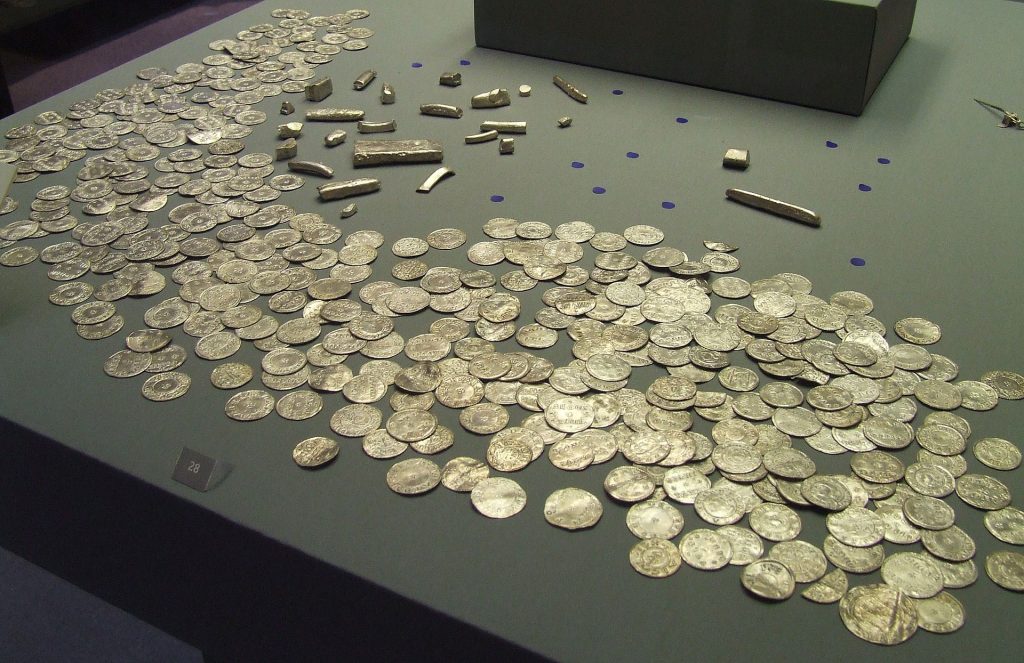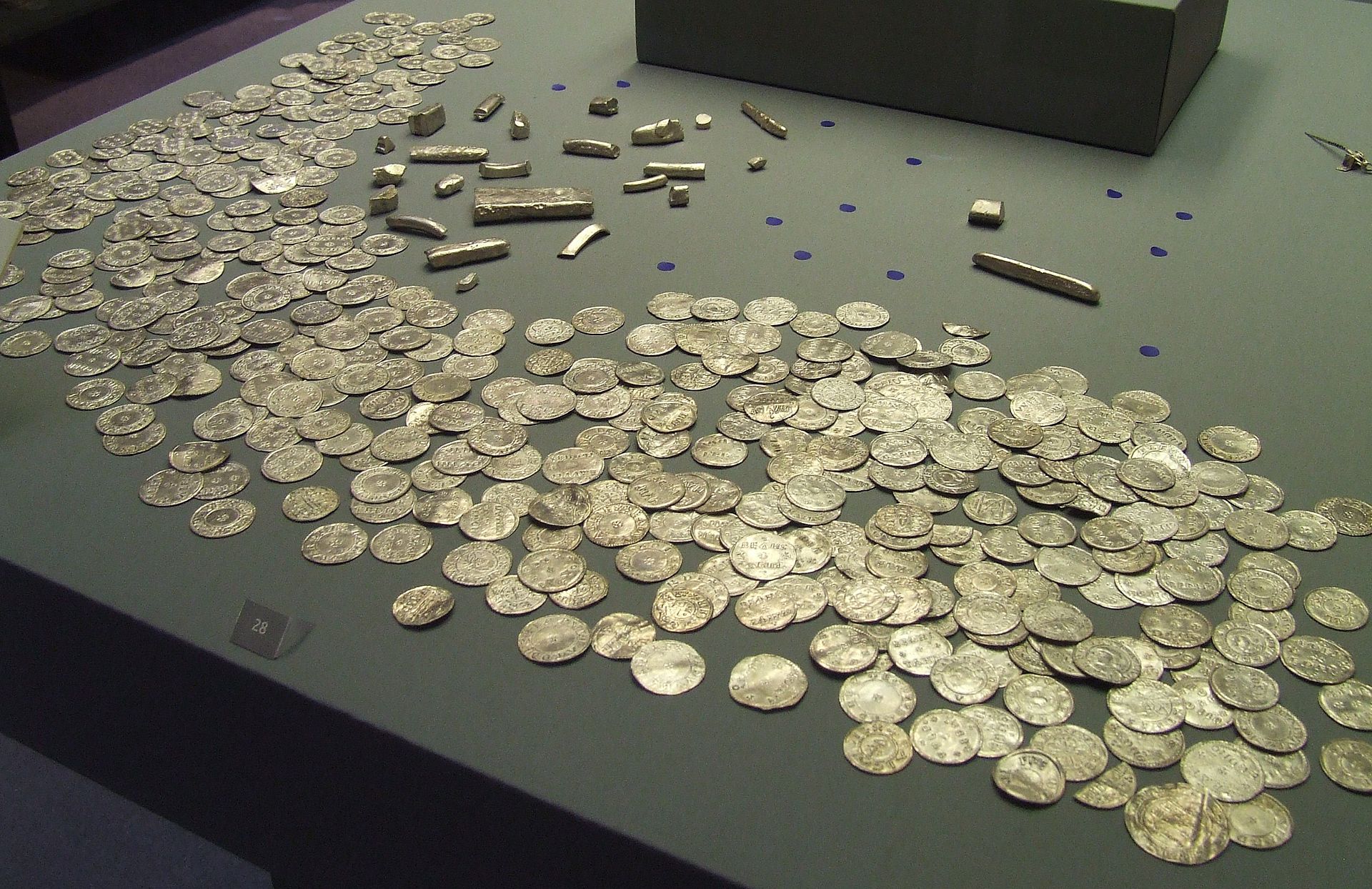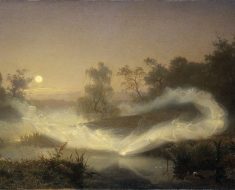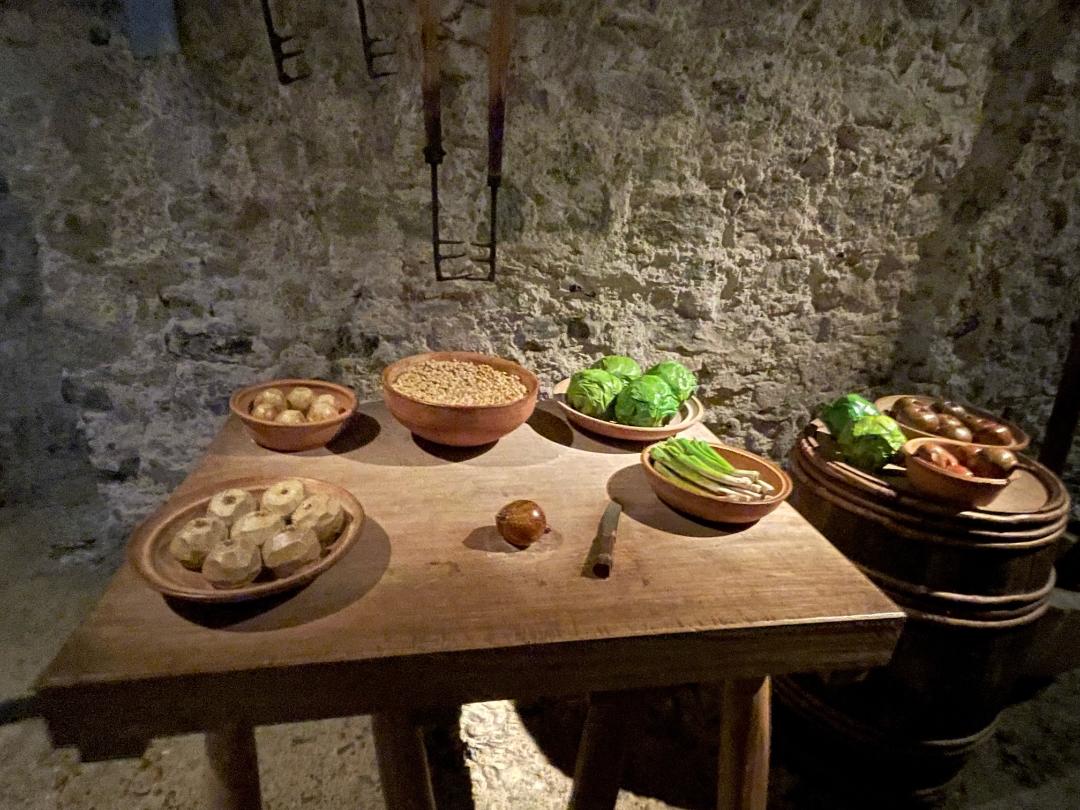The Vale of York Hoard is one of the most significant Viking treasure finds in the UK, discovered in 2007 near Harrogate, Yorkshire.

The hoard dates back to around 927 AD, a period of intense Viking activity in Britain, particularly in the Kingdom of York. It provides a fascinating snapshot of Viking wealth, culture, and the complex relationships between the Vikings and Anglo-Saxons during the early 10th century.
The hoard contains over 600 coins, along with silver jewelry and ingots, which were likely buried during a time of political uncertainty. The majority of the coins are silver pennies from the Viking Kingdom of York and the Anglo-Saxon kingdom of Northumbria.
Some of the coins even hail from Dublin and continental Europe showcasing the extensive trading networks that connected Viking settlements across the British Isles and beyond. The hoard also contains Anglo-Saxon coins, suggesting a blending of cultures and trade, as well as the political and economic interaction between the Vikings and the Anglo-Saxon kingdoms.
In addition to the coins, the hoard includes silver ingots and jewelry, indicating that the hoard’s owner was not only wealthy but likely involved in trade or craftsmanship.

Some of these come from North Africa and Russia!
The presence of ingots suggests that the hoard was also a form of savings or investment, perhaps for future use in trade or to buy protection during turbulent times.
This treasure also offers vital evidence of the Viking practice of hoarding, where wealth was often buried as a means of securing it against theft or external threats.
The discovery of the Vale of York Hoard offers crucial insights into the Viking economy and the cultural interactions of the time. It paints a picture of a society deeply engaged in commerce, political alliances, and the integration of Viking and Anglo-Saxon worlds. This hoard is now displayed in the Yorkshire Museum. That was SOME find!






